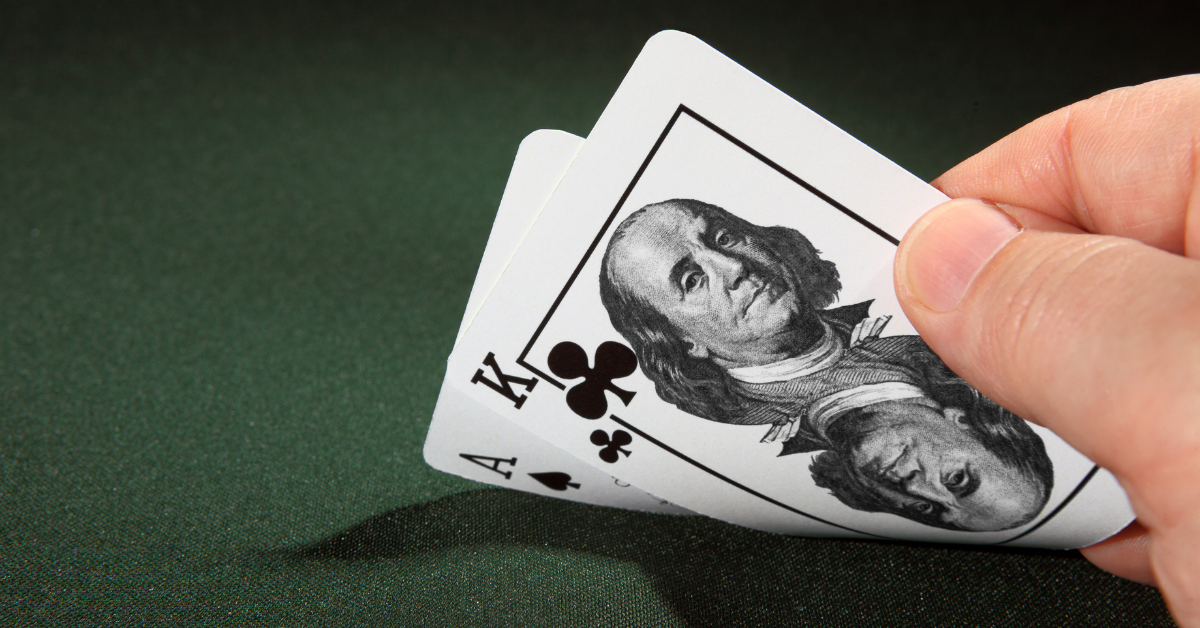In Japanese, foreign names can be expressed in two main ways: using kanji to capture the sound (ateji) or choosing kanji that convey meaning. Donald Trump’s name is a fascinating case because it can be written to preserve his name’s sound or to highlight the symbolic meaning of “trump” as a winning card. These approaches reveal how flexible and creative Japanese language can be.
- Two Approaches to Writing Names in Kanji
- Sound-Based Renderings (Ateji)
- Meaning-Based Renderings
- Humorous Renderings
- Other Historical Examples of Kanji Renderings
- Common Kanji Chosen for Names
- The Role of Names in Japanese Culture
- Why Kanji Renderings Appeal to Foreigners
- Points of Caution When Rendering Names
- Conclusion
Two Approaches to Writing Names in Kanji
When representing foreign names in Japanese, there are broadly two directions:
- Ateji (sound-based transcription)
- Semantic renderings (meaning-based translation)
By combining these two, a name transforms from a mere label into a word with its own story.
Sound-Based Renderings (Ateji)
Ateji preserves the original pronunciation while choosing kanji that fit the sound.
| English Name | Japanese Sound | Ateji Example | Nuance |
|---|---|---|---|
| Donald | Donarudo | 土成堂 (Do-naru-do) | “Land that prospers grandly” |
| Trump | Toranpu | 登藍普 (To-ran-pu) | “Climb high and spread widely” |
Together, these become 土成堂 登藍普. This keeps the sound intact while allowing the kanji to add an impression of authority and power.
Meaning-Based Renderings
The surname “Trump” means “trump card.” In Japanese, this can symbolize a decisive or powerful presence.
| English Name | Meaning | Kanji Example | Nuance |
|---|---|---|---|
| Donald | “World ruler” (ancient meaning) | 世界堂 (World Hall) | “Symbol of global influence” |
| Trump | Trump card | 切札 (Kiri-fuda) | “The final winning move” |
Combined, the name becomes 世界堂 切札, which emphasizes the image of “a trump card that moves the world.”
Humorous Renderings
Japanese culture also enjoys playful interpretations of names.
| Sound | Playful Kanji | Nuance |
|---|---|---|
| Don | 鈍 (Dull) | Heaviness and blunt force |
| Tora-n | 虎乱 (Tiger-chaos) | The ferocity of a tiger |
| Pu | 風 (Wind) | A force that stirs surroundings |
Put together, these form 鈍虎風 (“Dull Tiger Wind”), a humorous yet powerful rendering.
Other Historical Examples of Kanji Renderings
Many famous figures in history have also been given kanji renderings.
| Name | Ateji | Semantic Rendering |
|---|---|---|
| Napoleon | 拿破侖 | “The one who conquers the world” |
| Mozart | 望都薩都 | “The musician who gazes at the city” |
| Christ | 基督 | “The foundation of faith” |
These examples show how foreign names were reconstructed within Japanese culture, and Trump follows this same tradition.
Common Kanji Chosen for Names
Certain kanji are often chosen when rendering foreign names in Japanese because of their symbolic meanings.
| Common Kanji | Reason for Use | Example |
|---|---|---|
| 堂 (Hall) | Represents dignity and grandeur | 世界堂 |
| 成 (To succeed) | Symbolizes growth or success | 土成堂 |
| 普 (Universal) | Represents spread or influence | 登藍普 |
| 風 (Wind) | Symbolizes influence and presence | 鈍虎風 |
Such characters are chosen not just for phonetic balance but also to depict the personality or image of the individual.
The Role of Names in Japanese Culture
In Japan, names have always carried meanings. Parents give children names that embed wishes and aspirations, and the same logic applies when converting foreign names into kanji. Symbols and stories are deliberately chosen to reflect the person.
For example, politicians’ names may include characters like 力 (“strength”) or 勝 (“victory”) to emphasize power, while artists’ names may feature 美 (“beauty”) or 音 (“sound”) to symbolize talent. In Trump’s case, using 切札 (trump card) conveys the image of a decisive figure in competition.
Why Kanji Renderings Appeal to Foreigners
For foreigners, having their name rendered in kanji is not just a translation—it often feels like gaining a new identity.
| Rendering Method | Feature | Impression for Foreigners |
|---|---|---|
| Ateji | Focuses on sound | Feels natural within Japanese speech |
| Semantic version | Emphasizes symbols | Adds depth and uniqueness to identity |
| Humorous version | Adds playfulness | Reflects Japan’s cultural flexibility |
Through these methods, foreigners can experience the breadth and richness of Japanese expression.
Points of Caution When Rendering Names
When transcribing foreign names into kanji, care is needed to avoid cultural misunderstandings.
| Caution | Reason | Example |
|---|---|---|
| Avoid negative characters | Could give unpleasant impressions | 病 (illness), 死 (death) |
| Don’t stray too far phonetically | May confuse readers | Mismatch in sound |
| Avoid overly complex characters | Difficult to remember | Too many strokes |
These considerations ensure that the final rendering is acceptable and appealing to both Japanese and foreign readers.
Conclusion
Donald Trump’s name can be written in kanji in many ways: “土成堂 登藍普” (sound-based ateji), “世界堂 切札” (meaning-based), or even the humorous “鈍虎風”. All of these highlight the fact that Japanese kanji can simultaneously carry sound and meaning, giving new layers of significance to foreign names.
Kanji renderings are not mere translations but cultural recreations. Ateji preserves sound, semantic renderings emphasize symbolism, and humorous renderings reflect Japan’s playful spirit. Through Trump’s name, we see how Japanese possesses a rare flexibility and depth in expressing identities.






